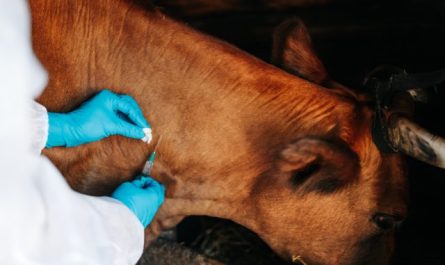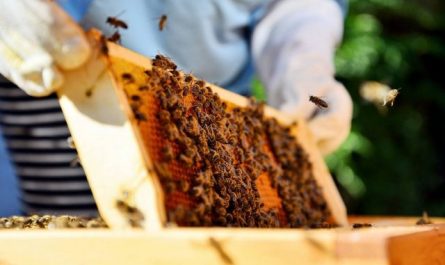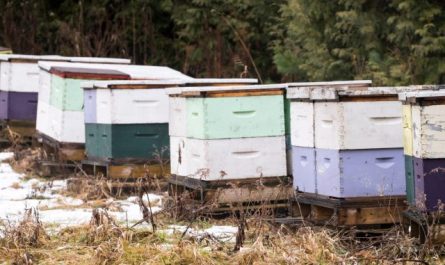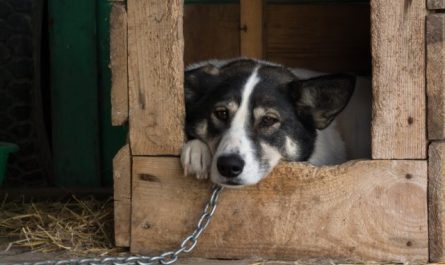Building your first chicken coop is an exciting and responsible task. Many people make the same mistakes when building a chicken coop, which then lead to many problems. Few people want to redo their building every year and correct the shortcomings. Today we will look at the top most common mistakes when building a chicken coop, so as not to make them.

Lack of foundation
One of the most important and common mistakes is the lack of a foundation. When building your own chicken coop, you want to do everything quickly and inexpensively. But pouring the foundation is a labor-intensive and very expensive process that requires knowledge and skills. But if you do not pour the foundation, in the very near future you will have to face a variety of problems.
Invasion of rodents and predators
Mice and rats will become permanent residents of your chicken coop, because it will be very easy for them to dig holes. Also, weasels, ferrets and martens can easily get into a chicken coop without a foundation. They are excellent at digging tunnels and holes, and once in the poultry house, they can destroy the entire flock.
Permanent damage to floor materials
Without a foundation, any materials, especially wood, will deteriorate quickly, so the floor will have to be repaired frequently. If it is earthen, the chicken coop may be damp and dirty, and cold in winter.
Deformation and danger of destruction of the building
The foundation serves to evenly distribute the load of the chicken coop structure on the ground. If it is not there, the load may be distributed incorrectly. Because of this, the poultry house may “skew”, one side may go deeper into the ground, and then the entire structure will fall.

Incorrect chicken coop dimensions
Trying to save space on the plot, many people build a very small chicken coop. Common recommendations say that the comfortable stocking density of egg-laying hens is 3-4 heads per 1 m², and meat hens – 5-6 heads per 1 m². Based on these standards, you can calculate the approximate required area of the chicken coop.
It is also important to consider the method of keeping. If you want to keep hens on the floor, the poultry house should be spacious. If you plan to put the hens in cages, then the building can be made smaller, building several tiers for the cages inside.
In a too small poultry house, hens get sick more often, are less stress-resistant, lay eggs worse, and gain weight more slowly. Don’t forget to consider your own convenience. If you build a chicken coop that is too small, narrow, and low, you will quickly get tired of caring for the birds in such conditions.

But you shouldn’t make a huge poultry house either. If its area is much larger than the chickens need, it will be difficult to heat it in the cold season. Electricity costs for lighting and heating will increase. And the chickens, content with the space, can spend a lot of energy on movement, which will result in a decrease in egg production and live weight gain.
Building a Chicken Coop in a Lowland
If the poultry house is located in a low place on the site, it will often be flooded, especially in the spring and during heavy rainfall. In addition, such a chicken coop will always be damp and have high humidity, which is why the chickens will often get sick.
Wrong choice of materials
Of course, many people try to save as much as possible when building their chicken coop. But such savings always result in constant large expenses for repairing the building. Most often, wood is used to build a chicken coop. This material is quite cheap, but the most problematic. Wood swells from humidity, deforms and cracks, becomes moldy, rots, and is easily damaged by rodents penetrating the chicken coop.

To extend the life of wood materials, you can use various antiseptic and protective impregnations. But they still only give a temporary effect, since in most cases there is high humidity in the chicken coop, which leads to rapid deterioration of the wood.
The best materials for building a poultry house are bricks and various blocks. Yes, such a building will be more expensive, but it is much more reliable and durable. You will not have to invest in repairs every year. If you still have to use wood, it is important to think through and build a ventilation system as well as possible. If you do not do this, problems with wooden walls will begin in the first year after populating the poultry house.
Poorly designed ventilation system or lack thereof
This is one of the most critical mistakes that gradually destroys both the chicken coop and the chickens themselves. With improper ventilation or, even worse, its absence, the poultry house is constantly damp, and the humidity level can reach 100%. In summer, such a chicken coop turns into a real bathhouse for the birds, and in winter there is so much condensation that puddles can accumulate on the floor. And the smell of droppings in such a damp, unventilated poultry house is completely unforgettable.

The best option is to make a forced supply and exhaust ventilation. If this is impossible or too expensive, it is necessary to build at least a passive ventilation system, that is, openings for the air to exit the building and for fresh air to enter. In extreme cases, it is necessary to make at least a window. But there will be many problems with it in winter, as well as with ventilation by opening doors. Due to the difference in temperature and humidity, they will swell and deform, so closing them will be problematic.
Poor insulation
Saving on insulation is a very insidious mistake that will still make you spend a lot in the future. You should not resort to outdated methods of insulation with clay and hay, they will not help much, especially in cold regions. Also, use high-quality modern insulation materials during construction. This will save a lot of nerves, money and effort. In 99% of cases, high-quality insulation of the building is enough to maintain a comfortable temperature in the chicken coop in winter. And you will not have to spend money on additional heating.
Lack of electricity
The length of daylight hours is very important for chickens. If you do not install electricity in the chicken coop and rely only on natural light, you cannot expect high egg production and rapid growth from the bird. Electricity is a mandatory item when building a poultry house.

No division into several sections
Many novice poultry farmers do not think at all about dividing the chicken coop into several sections and build one continuous “pen”.
And then the problems begin:
- there is nowhere to plant the young animals,
- we need to separate the chickens by breed,
- there is nowhere to put the hens that are being bullied and so on.
It is better to plan the division into several sections at the construction stage, install doors in each section. If you do not do this, you will have to rack your brains later on how to do it all without scaring the hens or enraging the rooster.
Lack of an enclosure for walking
Exercise is important for chickens, and in summer they can find different kinds of food for themselves in the range. It is better to provide a range connected to the chicken coop during construction. At the very least, choose a place on the site where you can attach an enclosure to the poultry house at any time, if you do not want to do it right away. Chickens will definitely need a range. But if you are going to keep broilers, you will not need an enclosure.

No canopy over the paddock
When the enclosure for walking is built, many forget about an important detail – a canopy. If it is not built, the enclosure will turn into a swamp in the spring or after the first rain, and in winter it will become one solid snowdrift.




















